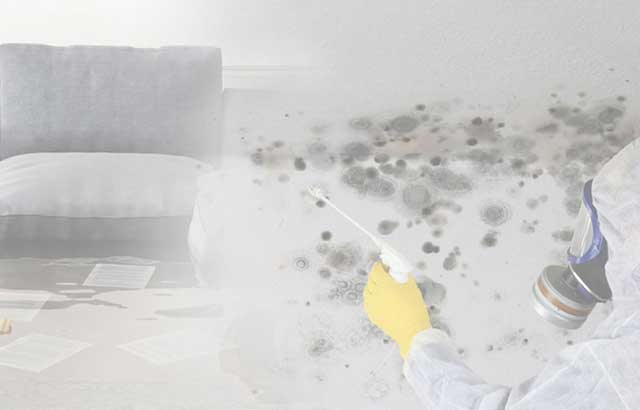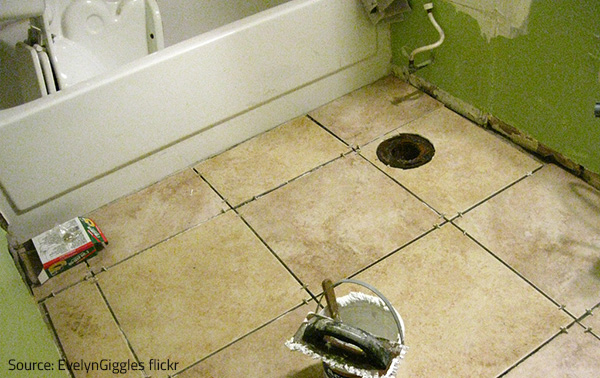Nearly everybody has their unique thinking on the subject of How to Fix a Water Damage Bathroom.

The bathroom is very at risk for moist build-up and prospective water damages as a result of the frequent use of water in it. This write-up supplies simple assessment methods to aid spotting water damage threats.
The frequent use of water in the restroom makes it very at risk for moist accumulation as well as prospective water damages. By evaluating it regularly, you can decrease water associated problems.
The adhering to collection of inspections is easy to carry out as well as must be done as soon as in every 3 months in order to maintain your bathroom in good shape as well as to avoid prospective water problems brought on by the bath tub, the shower, pipeline joints and also plumbing, sinks, cabinets, and the toilet
Do not neglect carrying out these evaluations as well as be extensive while doing them. Bear in mind that these basic assessments can conserve you a great deal of cash by supplying very early indicators for water damages
Sinks as well as Cabinets
Sinks as well as cupboards are subjected to wetness and humidity daily and are often forgotten. Evaluate consistently under the sink and also on the kitchen counter over it. Fix any type of drip in the trap as it may recommend drainpipe troubles. Browse the sink, sluggish draining pipes may indicate an obstructed drainpipe. Change sink seals if they are broken or loose.
Bathtub and also Shower
The shower and also tub need special focus and also upkeep. Inspect the tiles and also change if broken. Ensure that there is no missing cement between the tiles. Inspect and also change broken caulking at joints where the walls fulfill the floor or the bathtub. Obstructed drains pipes as well as pipes troubles will prevent the bath tub from drying out and might suggest major troubles underneath the tub. Consult with a specialist instantly to stop structural damage. Focus on discolorations or soft locations around the tub wall surfaces as they might indicate an inner leak.
Plumbing
Signs for water damage are difficult to identify given that most pipes are installed inside the walls.
Pay unique interest to floor covering as well as walls wetness and discolorations as they might indicate an unseen plumbing problem. Examine moisture degrees in adjoining spaces as well.
The Bathroom
The toilet is a prone water joint. Inspect the water lines and also search for leakages around the toilet seat, in the pipe, and under the water storage tank. If you detect any type of indicators of wetness on the flooring around the toilet, look for leakages in the toilet rim and also tank seals.
Know that hanging toilet bowl antiperspirants increases the possibilities for obstructions.
Water Damage Signs In The Bathroom To Avoid Cleanup
Musty smell
This is one of the easiest signs to catch because musty smells are so odorous. The damp, earthy, moldy smell should be a big red flag. The smell will develop when moisture gets trapped in surfaces, and begins to facilitate mold growth. Leaking pipes under cabinets, inside walls, and behind shower fixtures will cause moisture to stay trapped and not dry, which will lead to mold growth and spread. As soon as you notice any musty smells in your bathroom, have it checked for hidden water damage and cleanup signs.
Visible mold
If the smell isn’t there to give it away, sometimes you will actually see mold growth. Finding mold in your bathroom is a serious problem, because mold is very harmful to your health. By the time mold growth is visible, it also means that water damage has already occurred and been present for some time. The only way the mold problem can be resolved is to find the source of the moisture and get it stopped. To safely and adequately remove mold, you need to have professionals handle the remediation. Do not waste any time in getting mold problems addressed, fixed, and sanitized so that you can protect you and your family from the many respiratory symptoms caused by mold exposure.
Damaged floors
Bathroom floors should be able to withstand some exposure to water while still remaining in good condition. However, when excess exposure or water leaks occur, they will begin to damage even the most water-resistant flooring. If you notice any cracking, bubbling, staining, or warping on your bathroom floors, there is probably a water leak somewhere causing the distortion. If you notice areas of the floor have become softer, or even have a spongy feeling, there is probably damage to the subfloor. Subflooring is typically made up of plywood. When plywood is exposed to water or moisture, it will absorb it. Once it has become saturated, the weight of the excess water will cause the wood to swell and soften. Check the floors in your bathroom frequently to catch any of these sings before they lead to damaged subflooring.
Changes on walls
When water leaks behind walls, it will cause changes in the drywall. Peeling plaster, blistering paint, and soggy wallpaper are all good indicators that excess water is building up behind the wall. Water leaking behind drywall will cause it to swell and be soft to the tough. If you start to notice gaps along the trim of your walls, or where tile meets the wall, it could also be a strong indicator that there is a leak behind the wall. Any changes, distortion, or damage on the walls should be evaluated as soon as you notice it to prevent further water damage and cleanup.

We had been shown that report about How to Prevent Bathroom Water Damage through a friend on our other web blog. You should take a moment to distribute this blog entry if you enjoyed it. Bless you for your time. Come back soon.
View